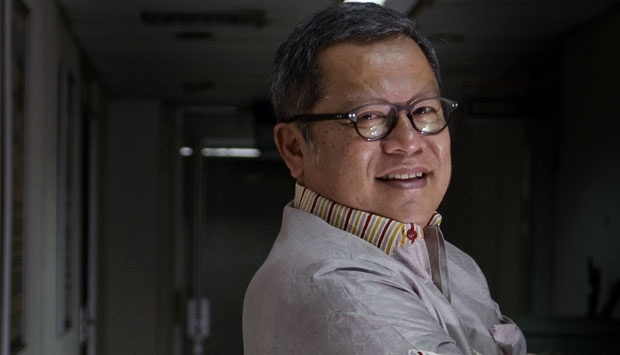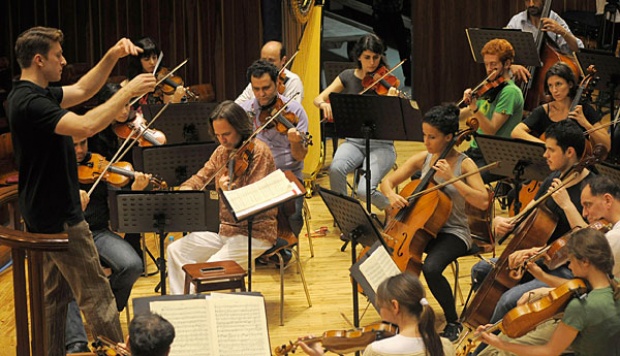
TEMPO.CO, Jakarta - The wrinkled fingers are still adept at weaving each single thread finally forming a row of brilliant colors. After the arrangement is complete, the old lady pulls a wooden tool towards herself to help fasten the thread. Three pounding sounds signal the end of a color arrangement. The lady then re-arranges the thread and creates another distinctive Lombok garment.
"The time it takes to make a complete piece of fabric depends on the pattern," said Dotilang, the tour guide who greeted us at the distinctive Lombok songket fabric gallery in Sukarara village, Central Lombok. To produce one piece of simple original Sasak tribe songket fabric usually takes up two to three weeks. Meanwhile, a more complicated pattern could take up to a month to make.
The weaving tradition has become a skill passed from generation to generation in the Sasak tribe. Since the age of 12, Sasak girls are obligated to learn how to weave.
These songket fabric can be used as a skirt, tablecloth, wall ornament, and other types of clothes. Songket is derived from the world sungkit meaning hooking or gouging. The process of making a songket includes a hooking technique where the weaver takes a bunch of tenun fabric and slips a golden thread between them.
There has been a functional transformation of the songket, which was originally only worn during special occasions during the old days such as weddings, ceremonies, and harvest celebrations. Nowadays, the songket fabric is used for just about anything and has even become a business venture for the people of Lombok.
The cost of these songket also differ ranging from Rp50,000 (US$5) for a small table cloth to Rp100,000 (US$10) for a scarf or shawl. As for sarongs or long fabrics made from silk, it could cost up to Rp7 million (US$700). If the weave is combined with golden thread, it could be worth around Rp1.5 million (US$150) to Rp2 million (US$200). Complicated patterns cost approximately between Rp3.7 million (US$370) and Rp5 million (US$500).
RASDIYANAH






















